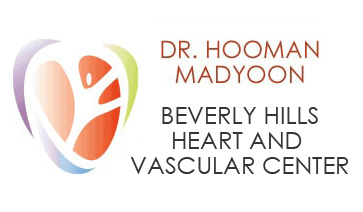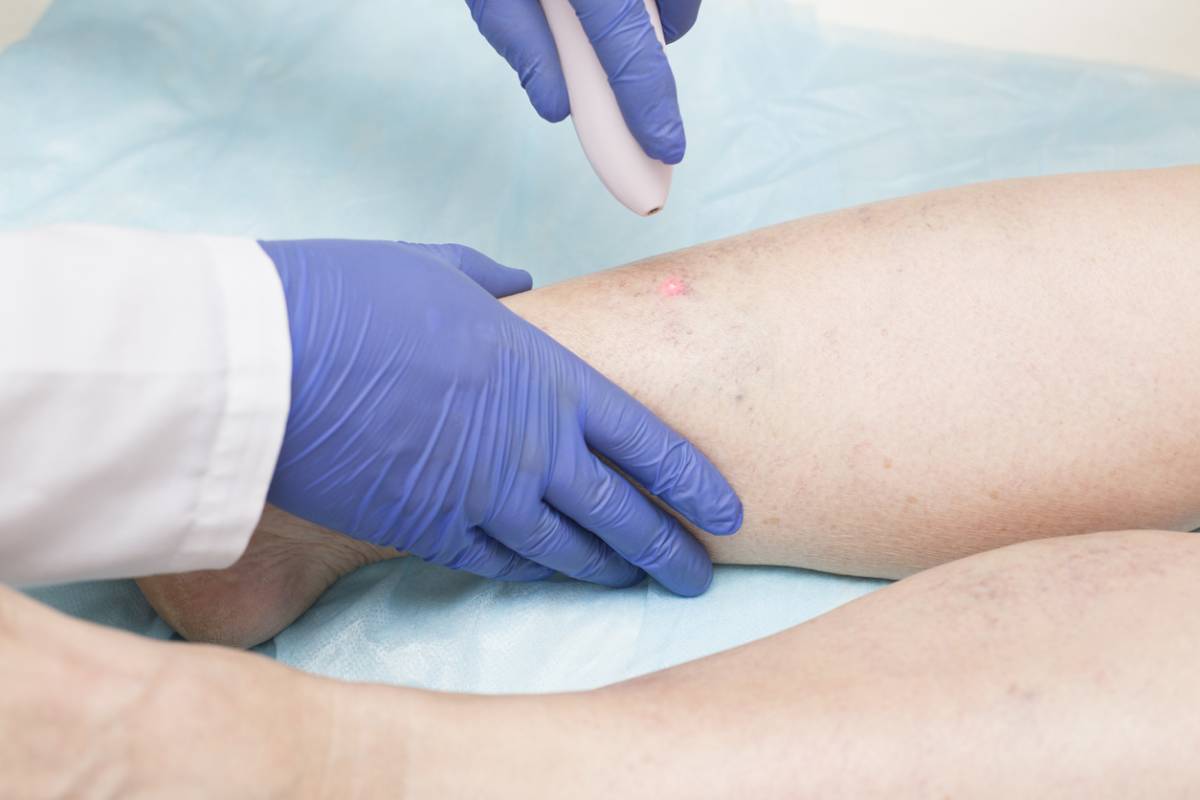Laser skin treatments are one of the newest and most promising aesthetic procedures available. Years of research and scientific trials have shown that these treatments are safe and effective as long as there is direct physician supervision. That being said, it is perfectly normal to feel a little nervous about a new procedure. If you’re considering having a laser skin treatment to remove spider veins, then you probably have a lot of questions. Chief among those questions: is laser treatment painful?
When you are ready for treatment, we are here for you. With the best cardiologist in Beverly Hills, we provide top-of-the-line treatments that change lives.
Is Laser Treatment Painful?
The honest truth is that the answer varies. The American Board of Cosmetic Surgery reports that most patients liken it to having a rubber band snapped against their skin. It can be a bit startling at first, but the perception of pain decreases as the patient adjusts to the sensation. Of course, this experience doesn’t apply to everyone. The type of laser used and your natural tolerance for discomfort will shape the level of pain you feel.
The Type of Laser
Although there are many different types of lasers used for laser skin resurfacing and other similar procedures, they fit into two major categories: ablative and non-ablative.
Ablative lasers cause more discomfort than non-ablative lasers. This is due to the fact that they are physically removing layers of skin from the surface. In the case of a spider vein treatment, the most common ablative laser used is a Nd:YAG laser. This laser treatment is one of the milder ablative lasers and typically only causes mild to moderate pain. In most cases contact cooling is actually enough to soothe your skin. However, if you are concerned about your pain sensitivity, you can talk to your doctor about applying a topical anesthetic to the treatment area one hour prior to treatment.
Non-ablative lasers are far less likely to cause actual pain since they target layers of tissue beneath the skin’s surface. You may feel some discomfort, but you shouldn’t feel any pain. For spider veins, the most common non-ablative laser treatment uses diode lasers to target dilated veins. Sadly, non-ablative lasers tend to be far less effective on people with darker skin tones and may not be enough to get rid of more prominent spider veins.
Choosing a Treatment
If your spider veins are less pronounced and you have paler skin, then a non-ablative treatment may be enough. However, in most cases, getting rid of spider veins requires a combination of treatments. Sclerotherapy and microphlebectomy are two other treatment options that are frequently used to treat and remove spider veins. Laser spider vein removal has helped countless patients reach their goals.
To help you identify the best combination of treatments for you, we will evaluate your case carefully. Then we create a treatment plan that will maximize your results and minimize the stress on your body.
Depending on your personal medical history, you may not be able to choose between an ablative and non-ablative laser treatment. Fortunately, there are ways that you can work with your doctor to ensure that you are as comfortable as possible.
Pain Management
The types of lasers used for spider vein treatment are not known for being particularly painful. However, if you have to have an ablative laser treatment and you’re concerned about pain, then it is always a good idea to be honest with your doctor. Discussing your concerns beforehand allows them to prepare to help you through the procedure. In many cases, your doctor will suggest using a topical anesthetic applied an hour beforehand to reduce your discomfort and the resulting stress on you. By being open and honest throughout the process, you help to ensure that your doctor is able to provide the best care possible.

